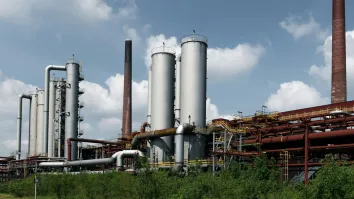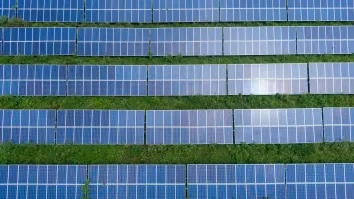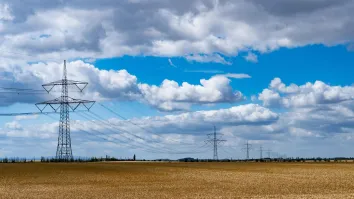
Diversification on the cards for India's state-owned utilities
Coal India and NTPC have amped up their investments in solar power projects over the years.
India’s state-owned enterprises (SOE) are grappling with the pressure placed on thermal power and are resorting to diversification into renewables in order to stay relevant, according to the Institute for Energy Economics and Financial Analysis (IEEFA).
The need to diversify becomes more urgent as the Ministry of New and Renewable Energy (MNRE) had asked all SOEs to prioritise renewable projects in their investment plans as part of larger efforts to reduce carbon emissions. The government directed SOEs to either set up their own capacity, or participate in tariff-based bids for renewable energy projects floated by the Solar Energy Corporation of India (SECI).
To address risks in land acquisition and power transmission issues, SOEs are required to acquire more than two lakh hectares of land through fully-owned special purpose vehicles (SPVs) – a subsidiary created by a parent company to isolate financial risk, in order to set up 47GW of green power projects, with PowerGrid tasked with setting up transmission infrastructure for these locations
State governments are also being incentivised with payments of $0.028 (Rs0.02) per kWh for electricity generated from the projects over their lifetime to facilitate the requisite clearances.
According to IEEFA, diversification is not only being undertaken by energy producers but also by equipment suppliers and end users. Coal India announced plans to set up 20GW of solar capacity over the next ten years, entailing investment of $14b. It is also investing in other energy sources like coal bed methane (CBM) and underground coal gasification (UCG).
NTPC Limited aims to invest $3.5b to set up the world’s largest proposed solar park at Kutch in Gujarat. The solar park will be developed in phases over the next five years with an end target of 5GW. NTPC also plans to bundle generation of power from renewable energy sources with coal-based generation, and shut coal-based plants during the day when solar energy is available.
NTPC also participated in the CPSU Scheme Phase II and issued a tender for 1GW of solar projects in June 2019. The end user of the power generated from these projects will be CPSUs, state PSUs, government entities either directly controlled by the central or state government or under the administrative control of the state or the central government, or a company in which the government has a controlling shareholding.
Another SOE diversifying into renewables is NLC India, which has set up total renewable energy capacity exceeding 1GW, including 1GW of solar capacity and 51MW of wind capacity. The company plans to increase its installed solar capacity to 4GW by 2022. IEEFA noted that it had sold 265 million units of solar power in Q1 2019/2020.



















 Advertise
Advertise







